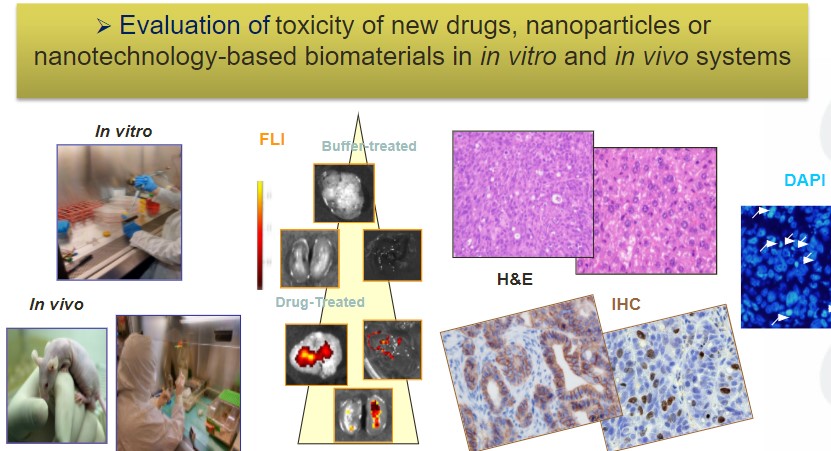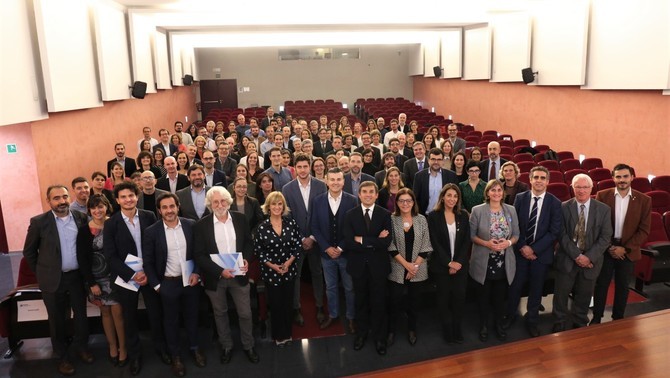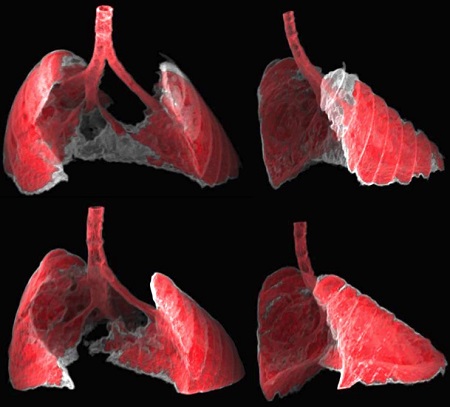Workshop on Hyperthermic Oncology
Next Friday, June 9, 2023, a Workshop on Oncological Hyperthermia entitled “Clinical Implementation of Oncological Hyperthermia in Spain and Europe: current situation and prospects” will be held in Barcelona. The location of the event is at the Hotel Front Marítim in Barcelona and the scheduled time is from 9:00 a.m. to 5:30 p.m.
Relevant speakers will present an updated vision on the different modalities of hyperthermia that are being used for cancer treatment. Jorge Contreras (Coordinator of the Spanish Society of Radiation Oncology ) will give a session on the current situation of clinical hyperthermia in Spain. Daniel Ortega (Coordinator of the National Network of Nanotechnology in Translational Hyperthermia) and Teresa Macarulla (Coordinating Investigator of the NoCanTher study on the use of magnetic nanoparticles associated with hyperthermia treatment in pancreatic cancer) will present their experience with a nanotechnological health product in said trial. After a break, Giammaria Fiorentini (Director of the Oncology Unit of the Muraglia di Pesaro Hospital) will give a vision of the use of electro-modulated hyperthermia in pancreatic cancer and in a round table, different professionals will give therir global vision of the application of these techniques from preclinical to clinical implementation.
In addition, regulatory aspects will also be covered. Luc van Hove (Medical, Regulatory and Clinical Affairs expert) will speak from a European perspective on the regulation of medical devices and in vitro diagnostics; while Julia Caro (Head of the area of the National Center for Certification of Sanitary Products) will do so from the perspective of a notified body.
Further information and registration at this link: https://forms.office.com/e/0251iMc2LT
There is additional information at:
-Linkedin https://www.linkedin.com/posts/safenmt_hyperthermia-magnetic-barcelona-activity-7062697943509737472-85wP?utm_source=share&utm_medium=member_desktop.
-Twitter https://twitter.com/abasolo_vhir/status/1659074218850484224


















